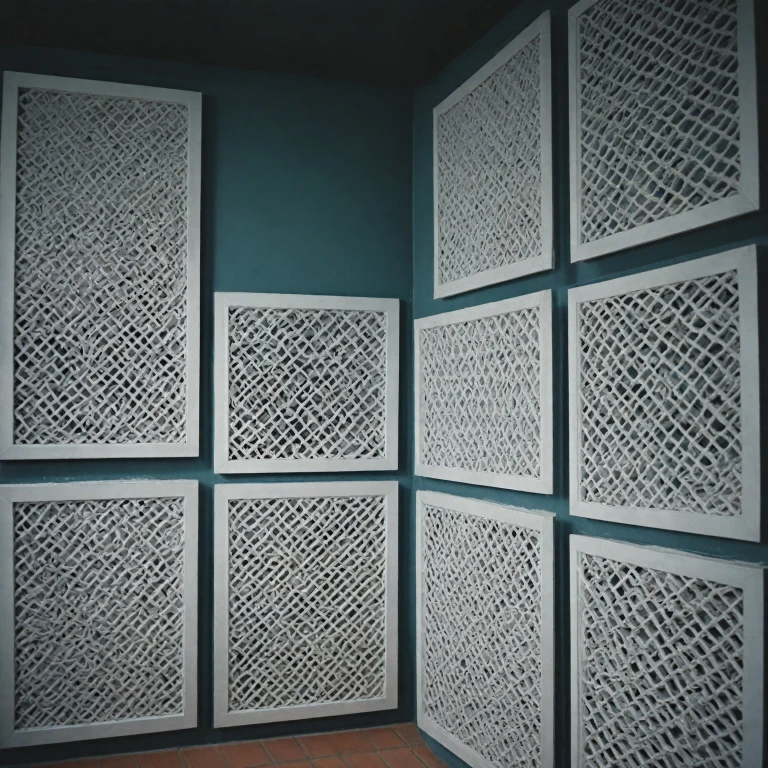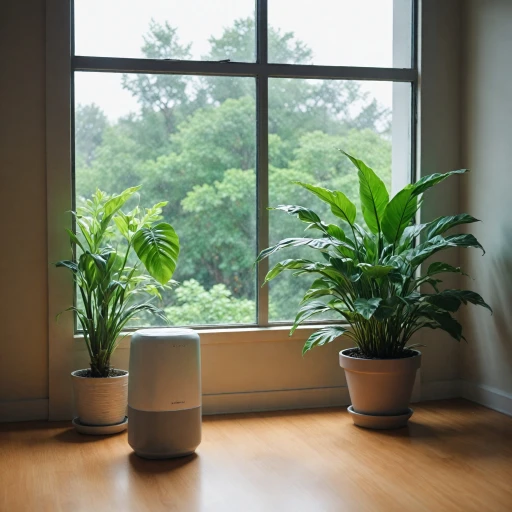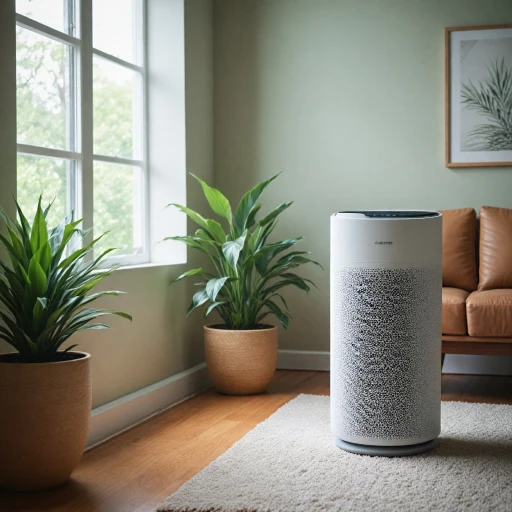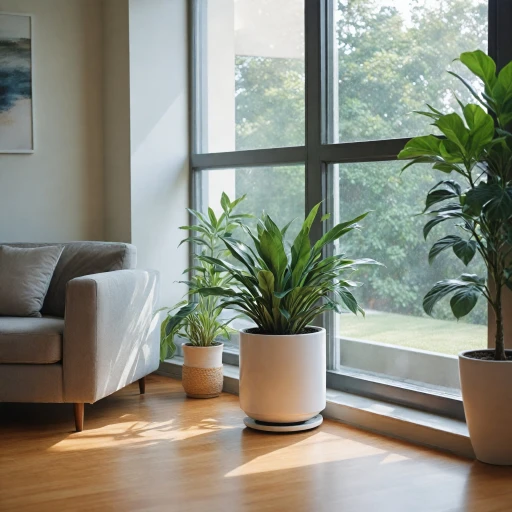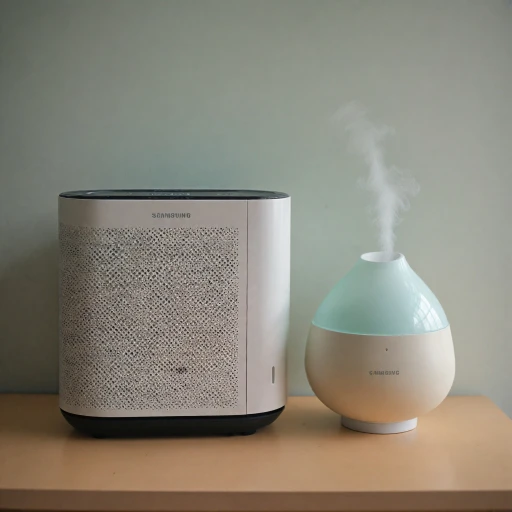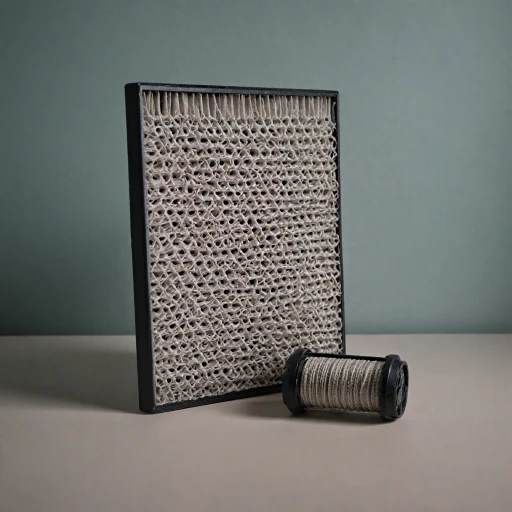The Basics of Ventilation Filters
Introduction to the Functionality of Ventilation Filters
Understanding the basics of ventilation filters is essential when diving into the world of air purifiers. These filters, often an integral part of various air purification systems, play a critical role in capturing airborne particles and improving air quality. At their core, ventilation filters target different contaminants such as dust, pollen, bacteria, and even viruses. When air passes through these filters, various filtration materials work to trap these particles, ensuring cleaner air is circulated back into the environment. The effectiveness of this process is known as filtration efficiency, which varies among different filter types and applications. Filters are typically categorized based on their design and function:- Pleated Filters: These are designed to provide a larger surface area for trapping airborne particles. Using multiple pleats or folds, these filters enhance filtration efficiency without compromising airflow.
- Compact and Box Type Filters: Compacted for environments lacking space, these filters are effective in tight applications. Despite their size, they maintain filtration performance effectively.
- Cartridge and High Efficiency Filters: Designed for use in environments where filtration needs are stringent, such as in hospitals or laboratories.
Types of Ventilation Filters
Varieties of Ventilation Filters
In the world of air purification, understanding the various types of ventilation filters is essential. Different filter types cater to specific applications and needs, providing a range of products that differ in efficiency, price, and functionality. Here’s a breakdown of the common types of ventilation filters and how they contribute to an air filtration system.
- HEPA Filters: These high efficiency particulate air filters are designed to trap up to 99.97% of particles as small as 0.3 microns. Their ability to capture bacteria, viruses, and other contaminants makes them an excellent choice for improving breathing conditions indoors.
- Activated Carbon Filters: Known for their ability to absorb odors and gases, carbon filters use a porous material to trap high molecular weight pollutants. These filters help in eliminating volatile organic compounds (VOCs) and are often used in conjunction with HEPA filters for comprehensive air cleaning.
- Pleated Filters: The pleated design increases the surface area available for filtration, making these filters more efficient in capturing debris and dust. They are typically used in standard vent filter applications.
- Bag Filters: Utilized in larger ventilation systems, bag filters are high capacity filters that can handle large volumes of dust and other particles. Their durability makes them suitable for industrial applications where frequent replacement is not feasible.
- Compact Filters: Also known as box type or bank style filters, these are designed to fit into smaller spaces within an air filters bank. Despite their size, they offer significant filtration efficiency.
When choosing a ventilation filter, it's important to compare the different types based on their features and your specific needs. Consider factors like the unit price versus regular and sale price, and how each filter can add to the overall air quality in your home or workplace. Examining these unique characteristics ensures that you select a ventilation filter best suited for your environment and breathing experience.
How Ventilation Filters Improve Indoor Air Quality
Enhancing Indoor Air Quality with Ventilation Filters
Ventilation filters are pivotal in improving indoor air quality, and their role cannot be understated. By effectively trapping a myriad of contaminants, these filters help ensure that the air you breathe indoors is as clean as possible. Here's how ventilation filters contribute to better indoor air quality:
- Particulate Removal: Ventilation filters, notably high efficiency and pleated filters, are adept at capturing dust, pollen, and other particulate matter. These compact filters can significantly reduce the concentration of airborne particles, thus improving air quality.
- Gas and Odor Filtration: Many air filters incorporate activated carbon filters that excel in absorbing odors and gaseous pollutants. This element is crucial in settings where air quality might be compromised by volatile organic compounds (VOCs) or smoke.
- Bacteria and Viruses: The efficiency of filters in trapping microscopic allergens extends to bacteria and viruses as well. Filters with higher filtration efficiency can help mitigate the presence of these harmful microorganisms in the air.
- Comprehensive Filtration Systems: Whether in a bank style or filters box configuration, ventilation filters are central to robust air filtration systems. These systems utilize a combination of different filter types, like bag filters and box type filters, to optimize the purification process for diverse applications.
For those looking to choose the best air filter to suit their needs, considering these facets of ventilation filters is key to ensuring optimal indoor air quality.
Choosing the Right Ventilation Filter for Your Needs
Choosing the Right Ventilation Filter for Optimal Performance
Selecting the proper ventilation filter can significantly impact the air quality and overall efficiency of your indoor environment. With a wide range of products available, understanding your specific needs and the characteristics of each filter type is crucial.
- Identify your requirements: Before purchasing, determine your air purification goals. Are you primarily concerned with removing dust, allergens, or bacteria and viruses? Identifying the primary contaminants in your environment will help narrow down filter choices.
- Filter efficiency: Consider filters with a high filtration efficiency rating. HEPA filters, for instance, are known for trapping 99.97% of particles down to 0.3 microns. These are particularly effective for homes where high air quality is a priority.
- Filter types: Consider different filter types—pleated, compact filters, vent filters, and activated carbon filters. Pleated filters are advantageous for trapping fine particles, while activated carbon filters excel in reducing odors and gaseous pollutants.
- Space and placement: Ensure your chosen filter fits your existing ventilation system—whether you are using a filters box, bank style, or box type setup. Compatibility with your system layout is vital for seamless operation.
- Pricing considerations: Look at both unit price and long-term cost efficiency. While some high-efficiency filters may have a higher upfront cost, they could offer better value in the long run, as they often last longer and require fewer replacements.
Your choice will not only affect the immediate air quality but also long-term maintenance and operational ease. By comparing product features against your specific needs, you can make an informed decision that balances performance and cost.
Maintenance and Replacement of Ventilation Filters
Keeping Your Air Purifier Efficient: Ventilation Filter Maintenance and Replacement
Regular maintenance and timely replacement of ventilation filters are essential for ensuring your air purifier operates at high efficiency and delivers optimal performance. Neglecting these vital tasks can compromise air quality and the life span of your appliance.- Understanding Filter Efficiency: Ventilation filters, including pleated and compact filters, have varying levels of efficiency. They're designed to capture particles such as bacteria, viruses, and other pollutants, so keeping their filtration efficacy high is crucial. Filters that degrade over time can lead to reduced air quality and increased health risks.
- Signs You Need a Replacement: Look out for signs indicating your filter needs replacing, such as a noticeable decrease in air filtration performance, unusual odors, or visible dirt and dust buildup on filters. Products like activated carbon and bag filters may need more frequent replacement compared to other types due to their material properties and applications.
- Determining the Replacement Schedule: While manufacturers often provide recommended replacement intervals, these can vary based on your specific system, environment, and applications. High-efficiency filters or those in high-pollution environments may require more frequent changes than in cleaner areas.
- Cost Considerations: Filter prices range from basic vent filters to sophisticated carbon filter systems. Compare unit prices and sale prices to find the best product fit for your budget. Balancing regular price considerations with long-term filtration efficiency is key to maintaining air quality without breaking the bank.
- Maintaining System Integrity: Regular maintenance such as cleaning filter banks or checking for leaks around filters box can prolong the life of your system. This proactive approach ensures vent filters and the overall filtration system remain effective.
